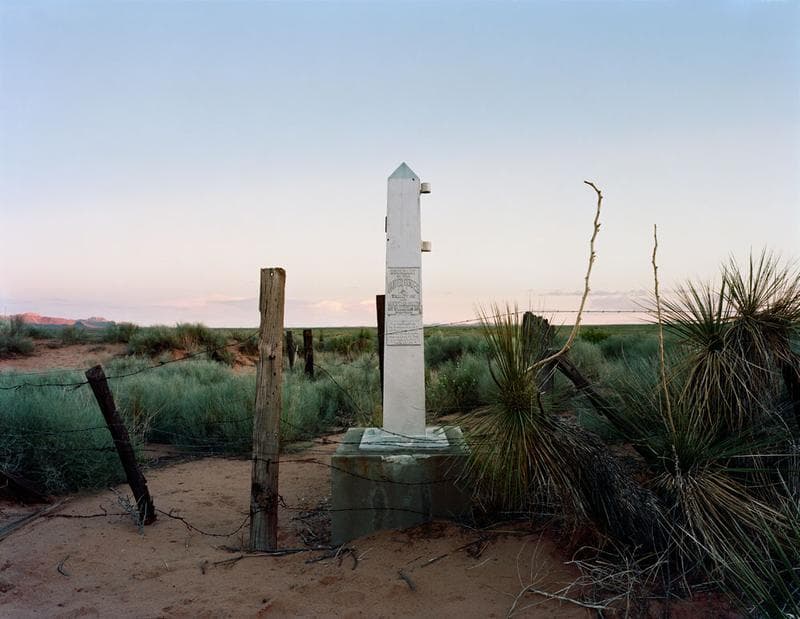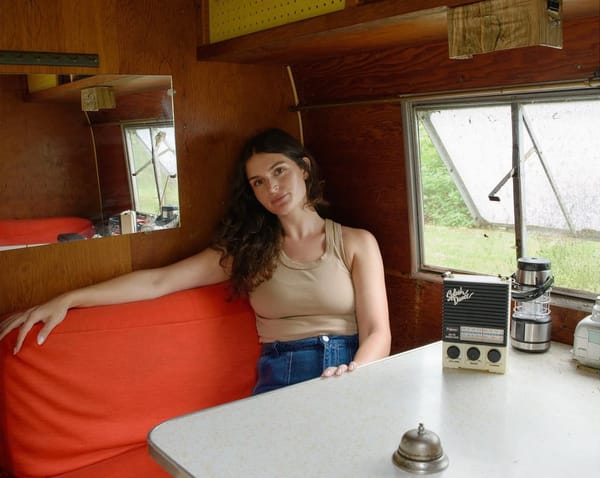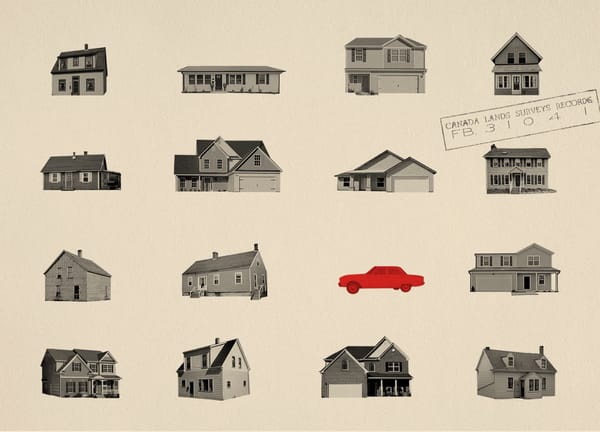Names On the Land
On the “narrative struggle” that monuments and markers represent

Hi everyone,
This week, a story about the monuments and markers that surround us wherever we are—and the stories they tell when we take notice. In preparing the issue I came across the Historical Marker Database, which brings together several of my preoccupations: landscapes, history, and eccentric, volunteer-run efforts made possible by the internet. Though the below focuses on the United States, where I’m from, the database includes 120 markers here in Toronto. I’m excited to hunt some down and re-map my city based on what I learn.
Until next week,
Brian
A key quote from this week’s story
“I realized we have to get outside of the court and start engaging in a narrative struggle that allows our work inside the court to remain effective.” –Bryan Stevenson
🔗️ Good links
- 🇦🇺️🏠️ The NSW government showcases “100 examples of well-designed low- and mid-rise housing”
- 🏢️👀️ Some buildings that caught my eye this week: Merricks Farmhouse (2023) by Nielsen Jenkins; Argyle residence (2022) by Batay Csorba; Salt Warehouse (2020) by Goffart Polomé Architectes
- 👷🏻♂️️👷🏻♀️️ New arrivals have “created a nearly insatiable need for the workers who build those homes and do the other jobs that the US economy so often assigns to non-citizens. This has made Bozeman an endpoint on a now-common journey for many undocumented people.”
- 🇬🇧️🏢️ “The Royal Institute of British Architects has been taking stock of the disturbingly imperial decoration of its palatial home—with a new show telling a larger, more unsettling story”
- 📸️🏭️ A year ago, I wrote about Chris Killip’s pictures of British life and labor. Stanley/Barker has just released the last book he worked on before he died in 2020.
- 🚰️🗺️️ I’ve discussed the looming water crisis, which I view through the lens of landscape & architecture, several times (1, 2); this week, a Bloomberg series on the subject was named a finalist for the Pulitzer Prize and the NYT features a house in Mexico City that has its own rainwater storage and filtering system
Names On the Land
Last month, NPR published the results of a yearlong research and reporting project under the title “Historical markers are everywhere in America. Some get history wrong.” Analyzing an amateur database of 180,000 US markers, plaques, signs, and monuments, the authors, Laura Sullivan and Nick McMillan, note how distorted—and frequently how outright weird—the “official” stories we tell about the past can be. I put official in scare quotes because one of the piece’s most interesting findings is “the reality is that anyone can put up a marker—more than 35,000 different groups, societies, organizations, towns, governments, and individuals have.”
The piece includes reporting from Alabama and Minnesota that focuses on how public spaces shape the narratives of major historical events like the Civil War and the US-Dakota wars of the 1860s. Why does this matter? As the authors put it, “how you tell history shapes how you see the future.” They demonstrate efforts by Black and Indigenous groups to ensure their histories are represented in metal and stone, and the reactions those efforts have provoked. “Three states—Georgia, North Carolina, and Tennessee—recently passed laws prohibiting the removal of markers on public land, making little allowance for how old, wrong, misguided, confusing or offensive they might be.”
One of the people the story features is Bryan Stevenson, the lawyer and civil-rights activist who runs the Equal Justice Initiative in Montgomery, Alabama. That organization, which was founded to offer legal representation to inmates on death row, began, a decade ago, to privately fund and erect markers telling the stories of lynchings in America.

But EJI didn’t stop there. Last month, the Doreen St. Félix, writing in the New Yorker, profiled Stevenson as his organization was about to open Freedom Monument Sculpture Park, “a painstaking narrative history of slavery, using first-person recollections, historical artifacts, and more than fifty sculptures. The park is the third site in Montgomery created in recent years by Stevenson and his legal nonprofit.”
At the center of the park, on a hill looking over the Alabama River, stands the National Monument to Freedom, a forty-foot-tall book, designed by Stevenson, that lists the names of more than 120,000 Black people included in the 1870 US census who were emancipated after the Civil War. The monument is in the style of Maya Lin’s Vietnam Veterans Memorial, which, design-wise, is likely the most influential memorial site of the past century.
What’s fascinating to me, though, is that the park includes both historical objects and contemporary art, in what St. Félix describes as “a kind of Passion Walk, a circular path through the woods, punctuated by art, artifact, and text.” The park includes sculptures by celebrated artists like Hank Willis Thomas, Alison Saar, and Simone Leigh (who represented the United States at the last Venice Biennale). As Stevenson notes, apropos his legal work, “I realized we have to get outside of the court and start engaging in a narrative struggle that allows our work inside the court to remain effective.”
This raises fascinating questions: beyond markers, beyond officially designated parks and plazas, what tools can historians, architects, planners, artists, and nonprofits use to shape the historical narratives of a place? What opportunities does reshaping a narrative to be more inclusive create?
A few related projects

The NPR and New Yorker stories put me in mind of two wonderful artistic projects from the 2000s.
The first is artist David Taylor’s photographic series Monuments, for which he spent seven years traveling nearly seven hundred miles of the US-Mexico border taking pictures of the boundary markers erected by the US government in the 1890s.
The second is filmmaker John Gianvito’s 2007 experimental documentary Profit Motive and the Whispering Wind, which critic Daniel Kasmin has rightly described as “perhaps the best example of an ideal cinema of awareness, pedagogy, history, and activism.” Through simple shots of gravestones, markers, and statues, Gianvito underscores the struggles that shape any national history. It’s equal parts beautiful and unsettling. You can watch the film’s trailer here or rent it here. A few bucks and an hour well worth spending.
Lastly, this issue’s title is taken from George R. Stewart’s wonderful 1945 book offering “a historical account of place-naming in the United States,” which was reissued in 2008 by New York Review Books.





